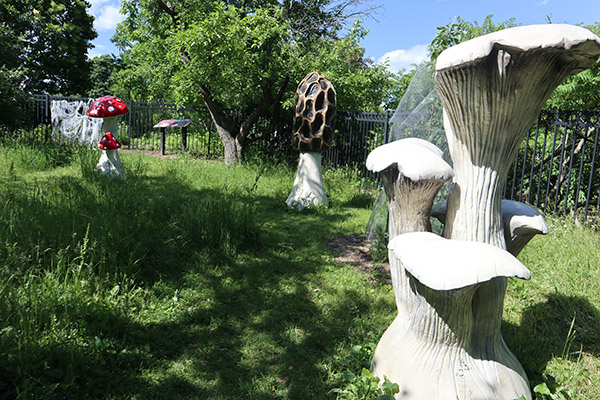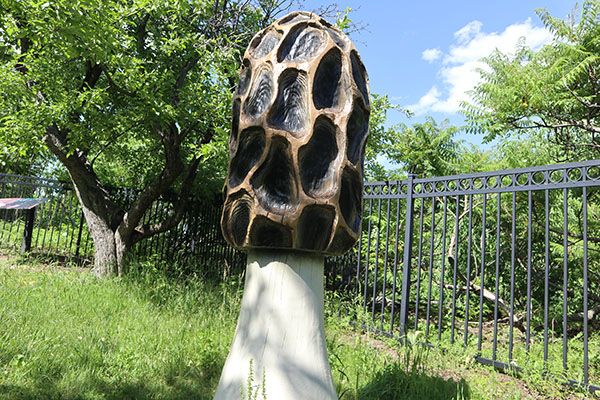Look down at your feet. Did you know that right under the ground, there is a network of living organisms communicating and helping our ecosystem and you? Right below there’s a huge web of fungi working hard to keep the world running.
Fungi are best known for their fruiting bodies, mushrooms, but most of their structure is hidden underground in a network of microscopic threads.


How Do Mushrooms Help Ecosystems?
These insignificant-seeming fibers play an outsized role in the earth’s ecosystems. They are able to breakdown organic materials into fertile soil. The fertile soil helps plants and food to grow healthy, strong, and tasty!
Many people think that seeing mushrooms in your garden is a bad thing, that your garden is “rotting” or you’re not taking care of it correctly. But do not fear! Mushrooms only grow in places that are thriving. Mushrooms are sensitive organisms and can only thrive in perfect conditions.
Mushrooms provide a nutritional food source to humans and animals including squirrels, deer, slugs, and flies. Some mushrooms are edible for humans while others are extremely poisonous.


How Do Mushrooms Help Us?
Besides improving the soil so we can have heathy landscapes mushrooms are also known as an ingredient in medicine.
The antibiotic penicillin, which helps treat bacterial infections, was developed from the mold Penicillium chrysogenum (also known as Pencillium notatum). Scottish bacteriologist Sir Alexander Fleming discovered the wonder drug in 1928. Since then, it has saved millions of lives.
During World War II, more than 20 American drug companies joined the U.S. government’s campaign to mass-produce penicillin to meet the needs of the military.
Penicillin’s yellow color and its amazing ability to prevent life-threatening bacterial infections earned it the nickname “yellow magic.”
Mushrooms are a rich, low-calorie source of fiber, protein, and antioxidants. They may also reduce the risk of developing serious health conditions, such as Alzheimer’s heart disease, cancer, and diabetes.
They are also a great source of selenium, copper, thiamin, magnesium, and phosphorous.


Although we may associate fungi with rotting food and fungal diseases, these incredible organisms play a beneficial role in our lives, from the plants we grow and the foods we eat to the medicine we take.
Visit Green Bay Botanical Garden to learn more about Life Underground through our Habitat exhibit!
Habitat was developed by Smithsonian Gardens and is made available by the Smithsonian Institution Traveling Exhibition Service.












